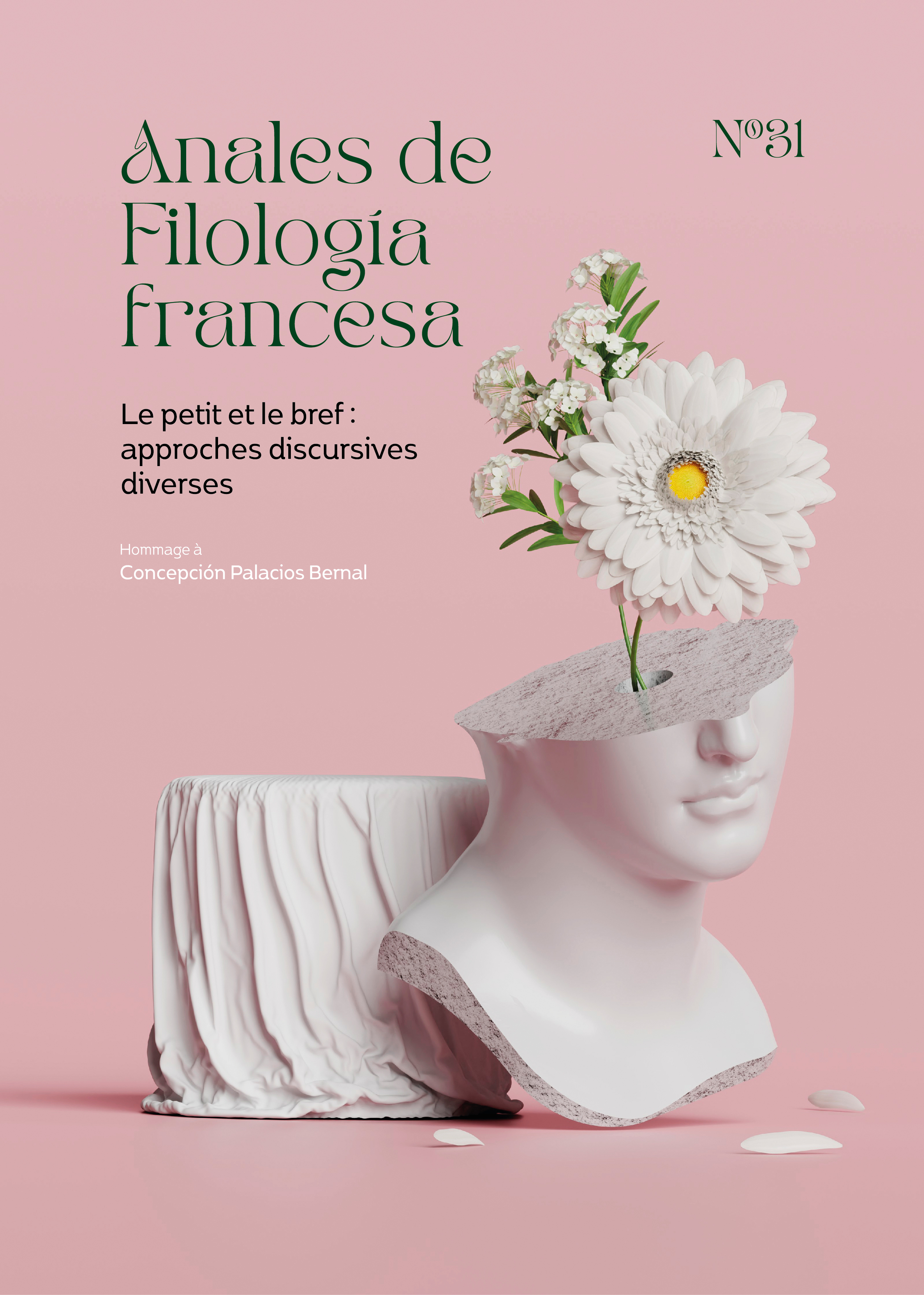Insight into the Literary Sources of Tintin: From Novels to Comics
Abstract
Certainly, Hergé drew from many different sources when creating the Tintin comic book series, all of which are very different in nature. Here, we will focus on the books Hergé read during his childhood and adolescence, in particular the adventure novels, from which he undoubtedly used to develop his plots, situations, and characters. However, too much emphasis has been placed on Jules Verne's influence on Hergé, even though he has always denied this. In our opinion, influence is to be sought rather in another author, Paul d'Ivoi, whose light-hearted, fast, and graphic style was halfway between Verne and the comic that Hergé would later create and, in particular, from Les cinq sous de Lavarède, which must have been among the books he read. In fact, this novel is an imitation of Le Tour du monde en quatre-vingts jours. It is indeed difficult to distinguish Hergé's ideas from those of his collaborators, whom he used very early on, but nonetheless, they must be taken into account as sources of inspiration for Tintin.
Downloads
-
Abstract387
-
PDF (Français )476
References
APOSTOLIDÈS, Jean-Marie. 2010. Dans la peau de Tintin. Bruxelles, Les Impressions nouvelles.
ASSOULINE, Pierre. 1998 [1996]. Hergé. Paris, Gallimard (coll. « Folio »).
BAETENS, Jan. 1989. Hergé écrivain. Bruxelles, Labor.
CERVANTES SAAVEDRA Miguel de. 1977 [1605-1615]. El ingenioso hidalgo don Quijote de la Mancha. Ed. John J. Allen. Madrid, Cátedra, 2 vols.
CORDIER, Jean-Yves. 2016. “Les panneaux de Don Quichotte par Jean Mosnier au château de Cheverny” in Le Blog de Jean-Yves Cordier: <https://www.lavieb-aile.com/2016/08/les-panneaux-de-don-quichotte-par-jean-mosnier-au-chateau-de-cheverny.html> [10/04/2023]
GARCIA, Bob. 2011 [2007]. Hergé, aux sources de l’œuvre. [Chelles] Éditions Laurent Debarre.
GENETTE, Gérard. 1982. Palimpsestes. La littérature au second degré. Paris, Seuil.
GONZALO SANTOS, Tomás. 2012. “La imagen de don Quijote en la novela de capa y espada francesa del siglo XIX”, in Bermejo Larrea, Esperanza [et al.] (eds.), Comunicación y escrituras. Communication et écritures. Zaragoza, Prensas de la Universidad de Zaragoza, 293-304.
GOUSSEAU, Josette. 1994. “Tintin détective” in Soncini Fratta, Anna (ed.). Tintin, Hergé et la “Belgité”. Bologna, CLUEB (coll. Bussola), 151-180.
IVOI, Paul d’ & Henri CHABRILLAT. 1893. Les Cinq sous de Lavarède. Ouvrage illustré de quatre-vingt-sept gravures dans le texte et de vingt grandes compositions hors texte gravées sur bois d’après les dessins de Lucien Métivet et accompagné d’une carte. Paris, Jouvet & Cie Éditeurs.
PALEWSKA, Marie. 2012. “La femme chez Paul d’Ivoi : une reine dans les Voyages excentriques” in L’Ull crític [revue en ligne], n° 15-16, 37-55): <https://www.raco.cat/index.php/UllCritic/article/view/267237> [16/03/2023]
PEETERS, Benoît. 2002 [1996]. Hergé, fils de Tintin. Paris, Flammarion (coll. Grandes biographies).
PEETERS, Benoît. 2007. Lire Tintin. Les bijoux ravis. Bruxelles, Les Impressions Nouvelles.
ROCHE, Olivier & Dominique CERBELAUD. 2014. Tintin. Bibliographie d'un mythe. Bruxelles, Les Impressions Nouvelles.
SADOUL, Numa. 1975. Tintin et moi: entretiens avec Hergé. Tournai, Casterman.
SARTRE, Jean-Paul. 1969 [1964]. Les Mots. Paris, Gallimard.
SERRES, Michel. 1970. “Les bijoux distraits et la cantatrice sauve” in Critique, n° 277, juin 1970, 485-497.
SOLDEVILLA, Joan Manuel. 2020. Del Quijote a Tintín. Relaciones insospechadas entre un libro de “burlas” y un tebeo “infantil”. Figueres, Edicions Cal-lígraf.
SOUMOIS, Fréderic. 1987. Dossier Tintin: sources, versions, thèmes, structures. Bruxelles, Jacques Antoine.
TOMASI, Jean-Paul & Michel DELIGNE. 1998. Tintin chez Jules Verne. Bruxelles. Claude Lefrancq.
Las obras que se publican en esta revista están sujetas a los siguientes términos:
1. El Servicio de Publicaciones de la Universidad de Murcia (la editorial) conserva los derechos patrimoniales (copyright) de las obras publicadas, y favorece y permite la reutilización de las mismas bajo la licencia de uso indicada en el punto 2.
2. Las obras se publican en la edición electrónica de la revista bajo una licencia Creative Commons Reconocimiento-NoComercial-SinObraDerivada 3.0 España (texto legal). Se pueden copiar, usar, difundir, transmitir y exponer públicamente, siempre que: i) se cite la autoría y la fuente original de su publicación (revista, editorial y URL de la obra); ii) no se usen para fines comerciales; iii) se mencione la existencia y especificaciones de esta licencia de uso.
3. Condiciones de auto-archivo. Se permite y se anima a los autores a difundir electrónicamente las versiones pre-print (versión antes de ser evaluada) y/o post-print (versión evaluada y aceptada para su publicación) de sus obras antes de su publicación, ya que favorece su circulación y difusión más temprana y con ello un posible aumento en su citación y alcance entre la comunidad académica. Color RoMEO: verde.










